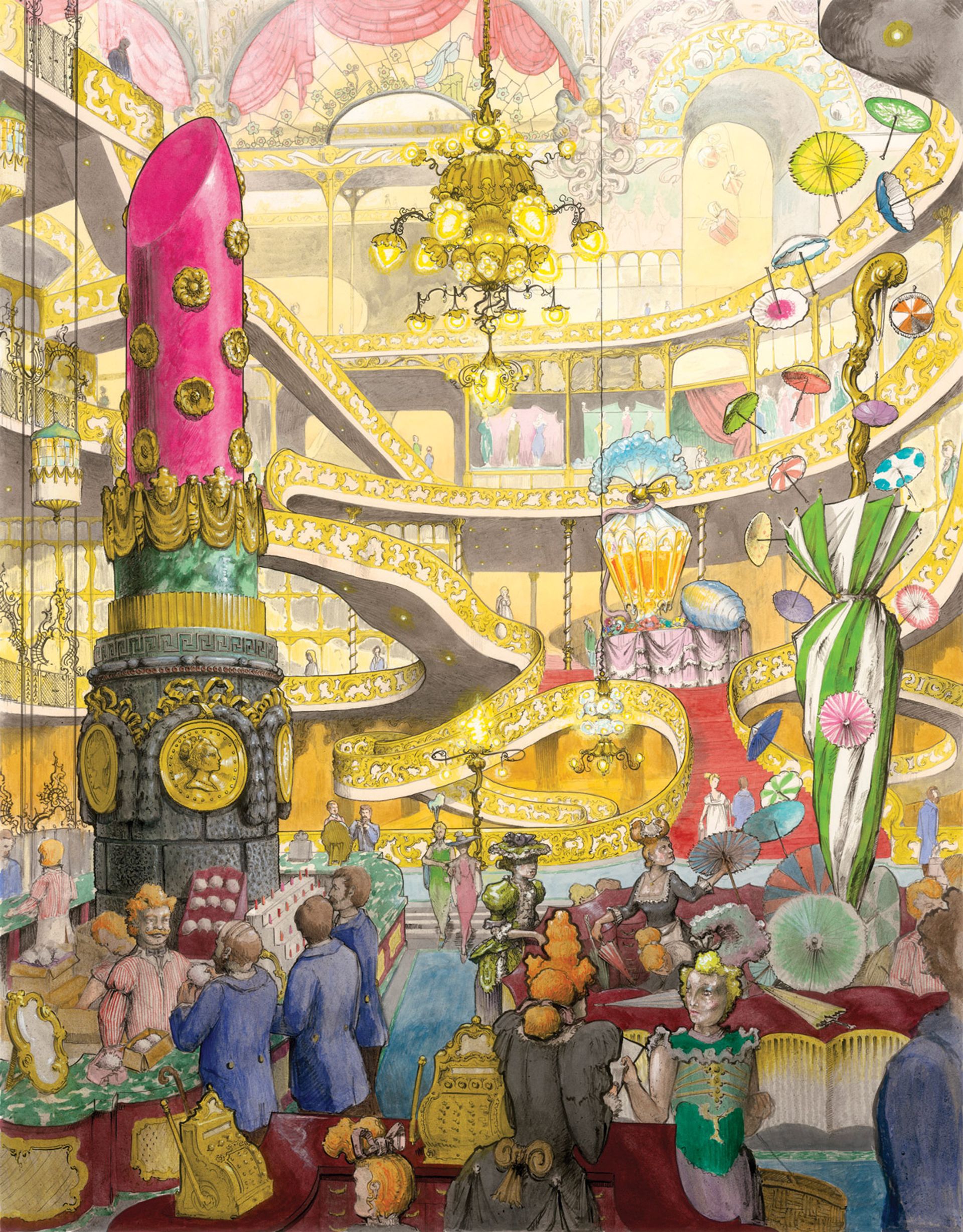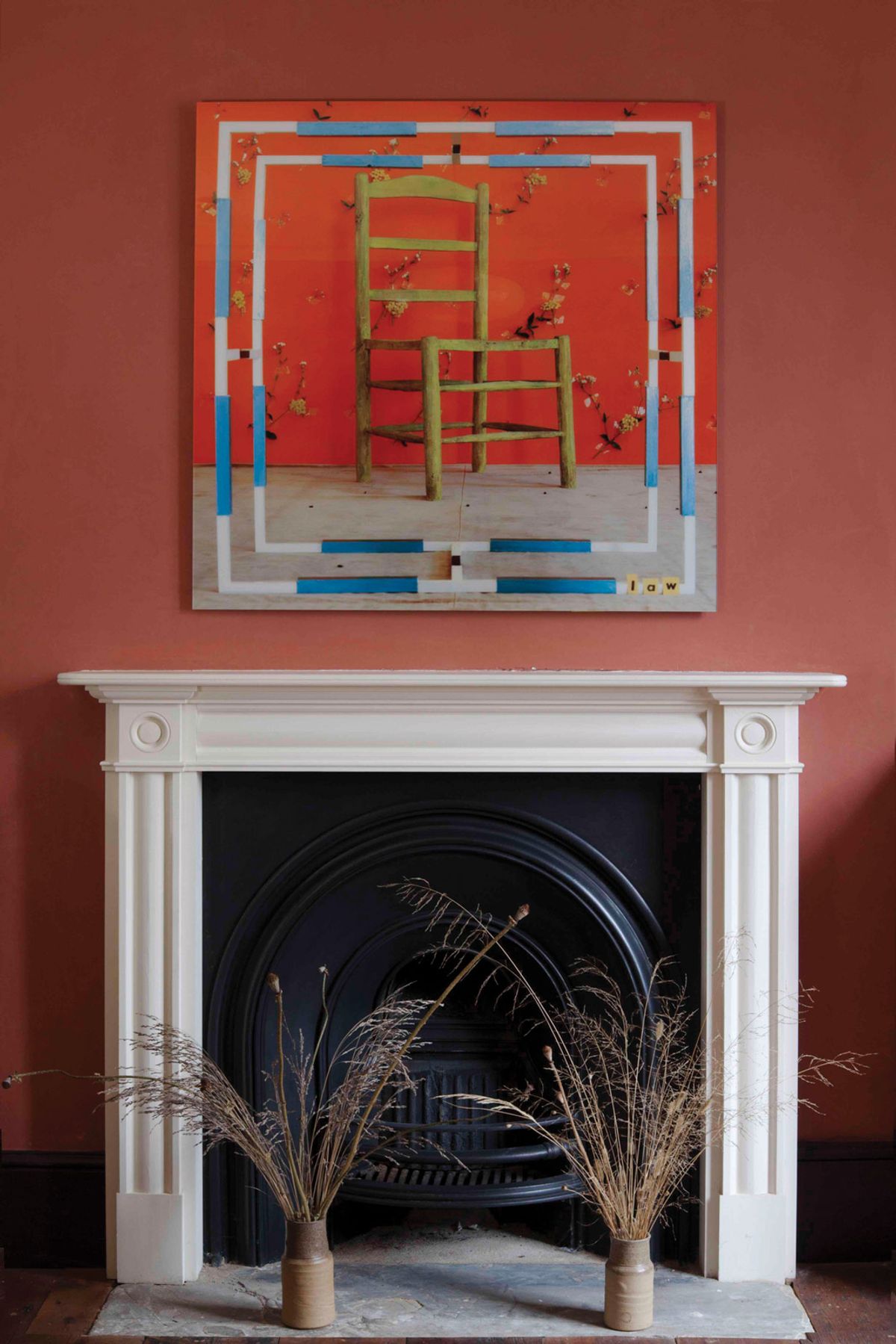The Regency architect Sir John Soane, the conceptual art pioneer John Latham and Vincent van Gogh seem like a pretty disparate trio. But in each case the London homes of these creative colossi have been preserved as places of pilgrimage for their admirers. And this month their spaces are each rendered all the richer by playing host to exhibitions by contemporary artists, made in response to the activities of their former occupants.
Van Gogh was not yet an artist when, at the age of 20, he came to live at 87 Hackford Road in Stockwell, south London, but his myriad London experiences were to play out in his subsequent work. He was a lodger in this modest three-storey, end-of-terrace house for a year, between 1873-74, while working as an art dealer at Goupil’s Gallery in Covent Garden. It was here that the young Vincent famously fell in love with, and was rejected by, his landlady’s daughter, precipitating the first of his several breakdowns. He also fell in love with British culture, reading George Eliot and admiring paintings by Constable as well as Doré prints of the rapidly expanding and socially unequal city that he walked through every day.
In their photographic installation, which runs through all eight rooms of Hackford Road—even the Victorian toilet—the artist duo Brian Griffiths and Frank Kent have made and then photographed sculptural collages that riff on Van Gogh’s legacy and how this sits within these humble surroundings. In the kitchen, his early Potato Eaters paintings are evoked in an arrangement of spuds evenly spaced against an earthy background, while a solo potato sprouts in the loo. And in what was Vincent’s bedroom, a figure in stripy pyjamas with holey socks lies on a bed reading a Van Gogh book. Griffith and Kent describe their mise-en-scène as “sideways moments of focus and narrative”.

Sir John Soane’s museum in Lincoln’s Inn Fields is an artwork in its own right. This vast and extraordinary collection in what was also Soane’s home and office is full of curiosities and surprises. Its labyrinthine, dramatically lit interiors were designed by Soane and remain as they were at his death in 1837. Among the treasures contained within are massed arrangements of paintings (including seminal works by Hogarth and Canaletto), and artefacts from different periods, ranging from an Egyptian sarcophagus to an elephant’s tooth.
Crucially, pieces from different periods are shown alongside one another, creating poetic juxtapositions where no distinction is made between originals and the large number of copies and casts in the collection. This eclectic, flamboyantly time-fluid approach chimes perfectly with that of the British-Argentinian artist Pablo Bronstein, who has created a new body of work especially for Sir John Soane’s Museum. Hell in its Heyday consists of 22 large-scale watercolours and a new film in which Bronstein presents a very particular vision of hell as a monumental and decadent city replete with fantastical features drawn from multiple sources and eras, and smothered in an abundance of ornament. Attractions include a Rococo casino hotel, luscious banquets of architecturally scaled patisseries and confections, and an opulent department store presided over by a colossal swagged column of fuschia lipstick. In a series of paintings devoted to the production behind such unfettered consumption, even hell’s oil rigs and coalmines are all depicted as dripping with fripperies, flourishes and ornate Baroque curlicues.
It is hard not to be seduced by the welter of gorgeous detail, but there is also much that is queasily disquieting about such unbridled excess. By conjuring up this hellish extravaganza of excessive embellishment, Bronstein highlights the misplaced optimism around the ideas of progress and plenty that were gaining momentum in Soane’s lifetime, the consequences of which we face today.
More stringent is the vision of conceptual artist John Latham who, three years before his death in 2006, declared his studio home in Peckham, south London, to be a living sculpture, naming it FTHo (Flat Time House) after his complex cosmological theory of flat time. Latham also assigned each of its rooms with different attributes of the human body, with a giant cantilevered book emerging through the glass frontage of the building which he saw as the face.
After five years immersing herself in this temporal and bodily parallel universe, artist Anna Barham has created a solo show that permeates all parts of FTHo in response to Latham’s writing, possessions and archive. This includes a 30m vinyl banner bearing a continuous line of text taken from an AI transcription of Latham’s Concrete Poetry Lectures that is wrapped across the house’s front window and runs through its austere interior. Inside, framed works and a film are based on objects found in the house. Evident in all three of these spaces is the powerful presence of their original owners and their enduring ability to serve as crucibles for creativity.
• Brian Griffiths and Frank Kent: Life and its Most Trivial Particulars, Van Gogh House, until 18 December; Pablo Bronstein: Hell in its Heyday, Sir John Soane’s Museum, until 2 January 2022; Anna Barham:/S/T/R/O/B/E////L/I/C/K////, FTHo, until 16 January 2022T


